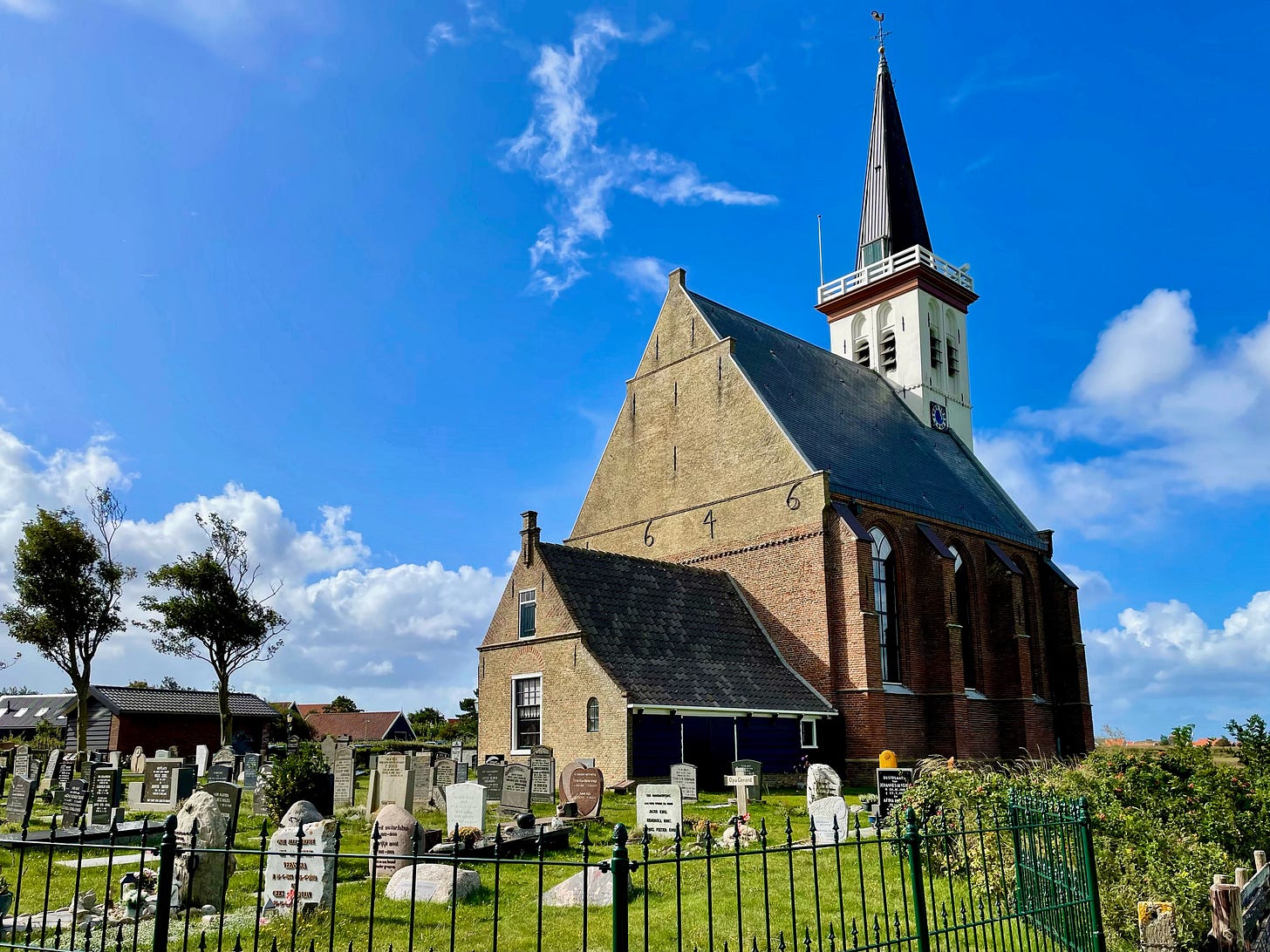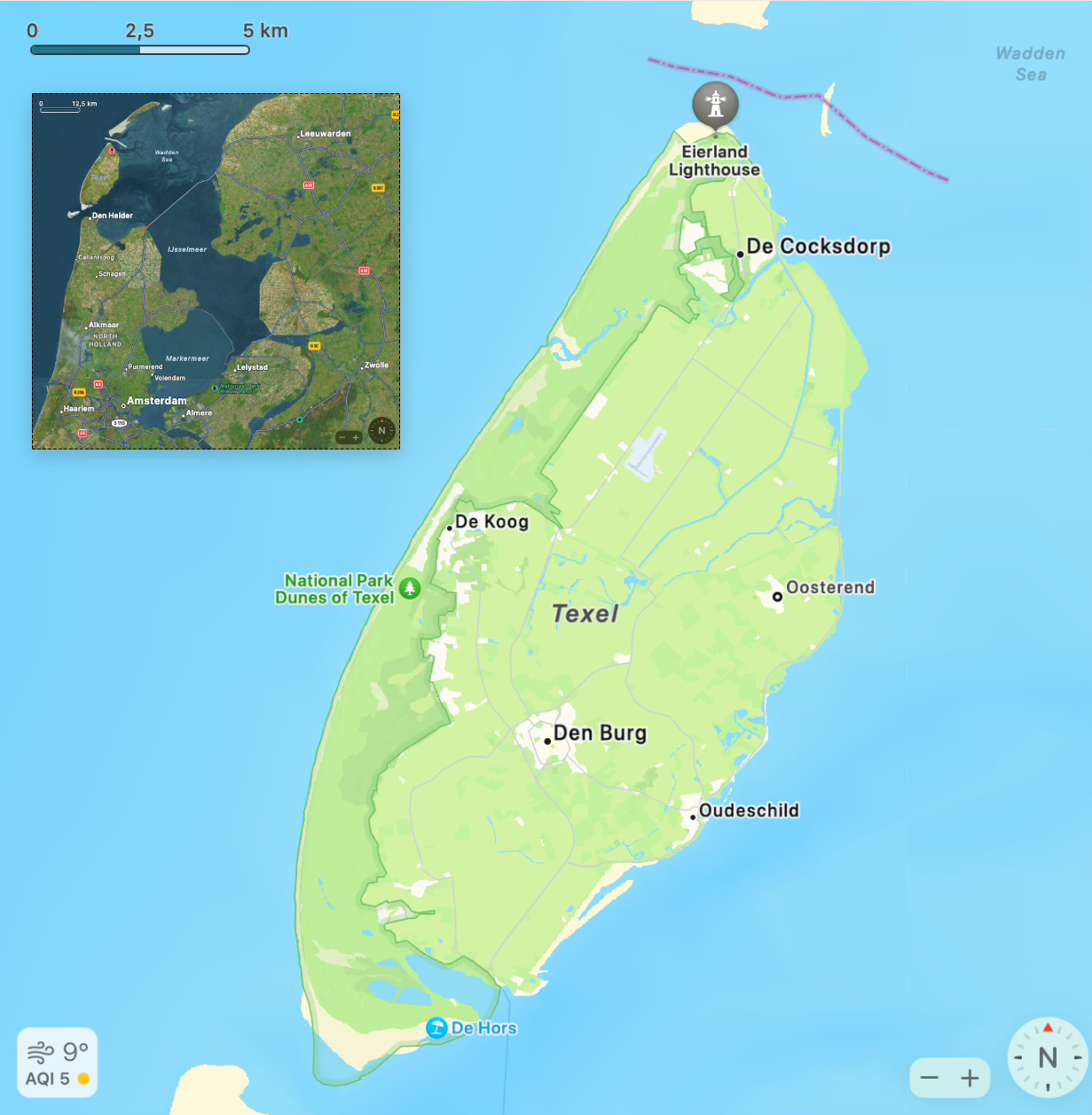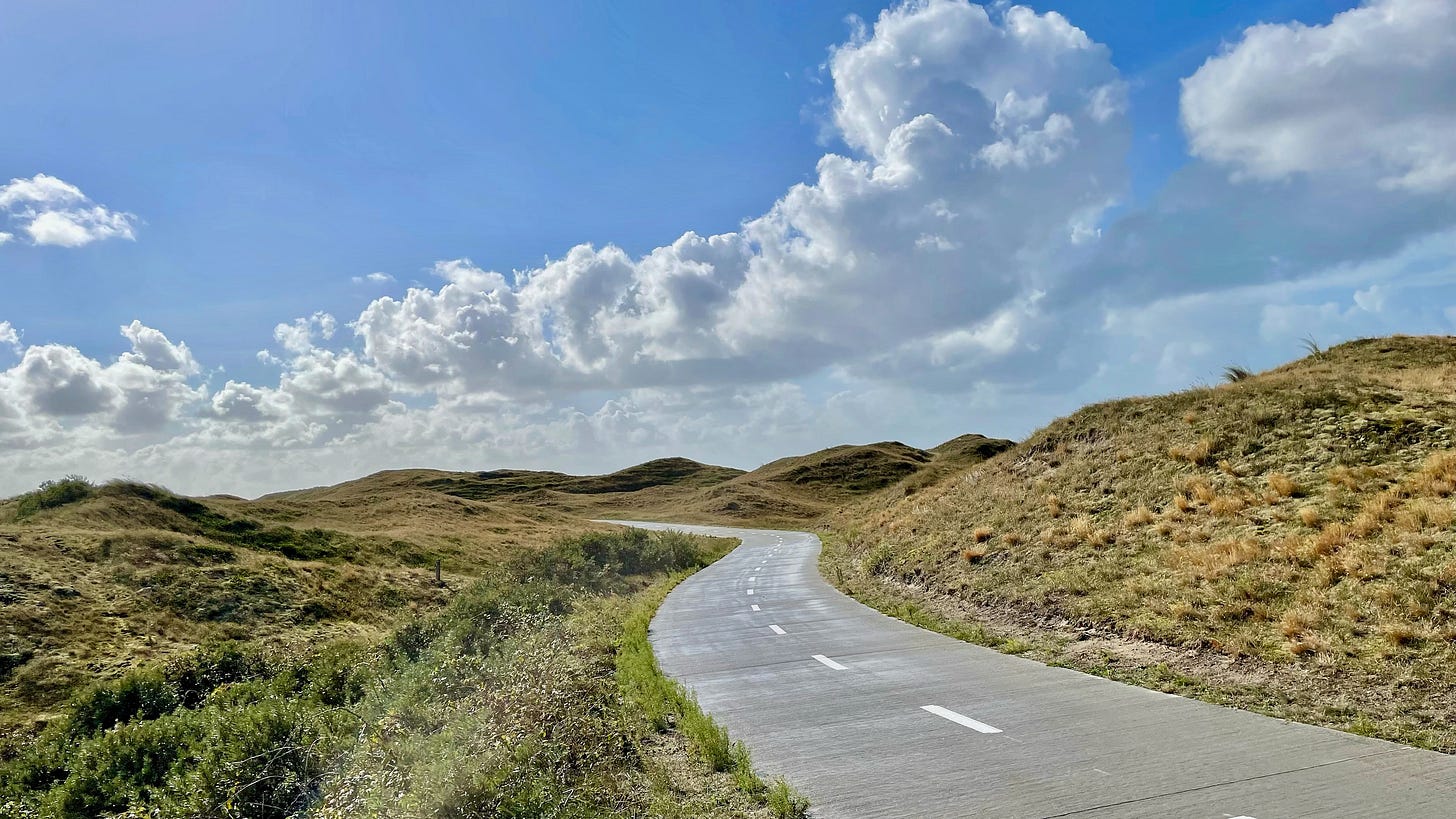The enchanting island of Texel
I took the long and windy road on my cycling tour of the island
I always encourage my visitors to take a day trip by train to a cute village like Delft or Gouda or visit a different city like Rotterdam or Utrecht, but a cycling trip to Texel would be even finer. Texel (pronounced Tessel) is the largest of the Wadden Islands, it’s due north of Amsterdam, it has 140 km of cycling paths, and it’s surprisingly easy to get to.
The train that runs north from the city to Den Helder, which is at the top of the province of Noord-Holland, only takes 75 minutes, leaving early risers plenty of time to hop off the train and onto the ferry to Texel, rent a bike, and hit the fietspad (cycling path) by noon. It would be even better to stay overnight. That way you can take your time cycling with no direction or plan, following only your inclination and intuition and curiosity about what might be over the next gigantic sand dune. Yes, that’s the way to do it. Stay in a family-run bed and breakfast in one of Texel’s adorable little villages like De Cocksdorp, which is at the far end of the island.
That’s what I did for one of my bicycle tours (fietstochten), and thankfully I brought my rain gear because a giant storm from Scotland roared in on the morning I left my house. For this trip, I didn’t head straight to Den Helder as I would advise you to do, but instead took the train to Alkmaar, northwest of Amsterdam. I wanted to begin by biking from Alkmaar through the sand dunes and forests along the North Sea, arriving in Den Helder in the early evening, where I stayed the night at a hotel located by the ferry port.
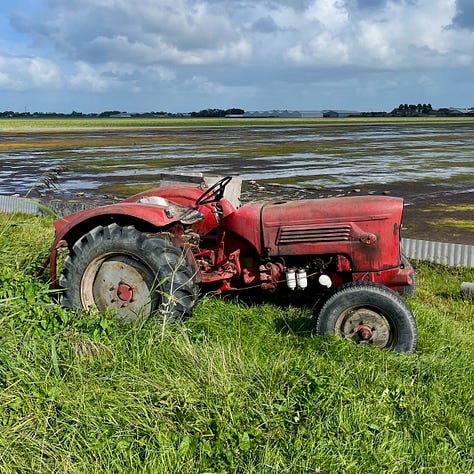


Making friends in the bike car
Being able to bring my bike on the train makes it incredibly easy for me to hop from city to city on a whim, and it only costs 7,50 euro for a bike ticket that lasts an entire day. But there’s a rub. There’s sometimes limited space for your bike on the trains. You buy a day ticket for your bike, but you don’t get a reserved space. In the Netherlands, the trains run all the time and you hop on and off wherever you want, paying for however far you go, as if the nation were one gigantic subway. If it’s rush hour or high season for travel, it’s possible you won’t find an open space for your bike, which sadly means you’ll have to wait for the next train.
Sometimes when you bring your bike on the train, which un-boards and boards very quickly, you’ll be confronted with tourists sitting in the reserved bike space, which has room for three bikes, with three fold-down seats that are usable when there aren’t any bikes in the car. Deze toeristen always seem to have multiple pieces of rolling hard-case luggage that can’t stay anchored in one spot. I think they mistake this area as a place for storing luggage. When you point to the sign above them that indicates this is a space reserved for bikes, they sometimes get huffy and try to argue with you, never stopping to think that there is literally no other visible place where you can store your bike. Indeed, you’re required to place your bike only in these spaces. It’s hard to explain all of this when the train is leaving in 10 seconds, that you can’t just find another car because only a few of the train cars even have these spaces.
One time I kicked a mom with an enormous stroller out of the space because me and two other random cyclists had just boarded and could no longer back out of the train. The doors had already closed. Sucks to be you, lady, but you’re about to experience Dutch directness in action, either from me or from these two people behind me.
While the anxiety around finding a space can be a bit stressful, it almost always works out fine and everyone gets where they need to go. Not finding a space on the train wasn’t a concern on this trip because I was embarking on my three-day fietstocht just two weeks into September, right after the end of the travel season, which ends promptly at the end of August. All across the country, the kids were back in school, and nobody was foolish enough to go on a bike tour during a wind storm.
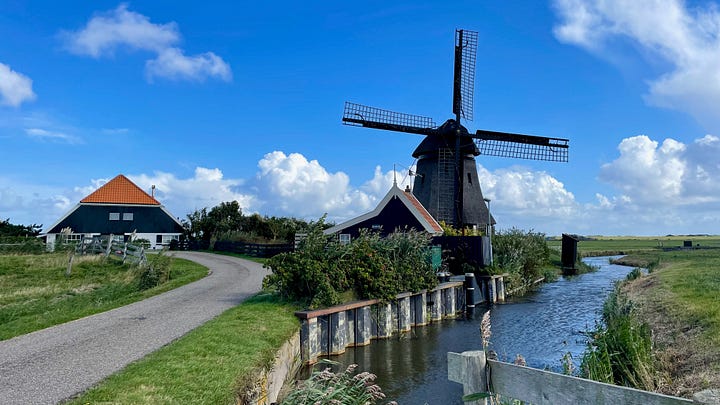
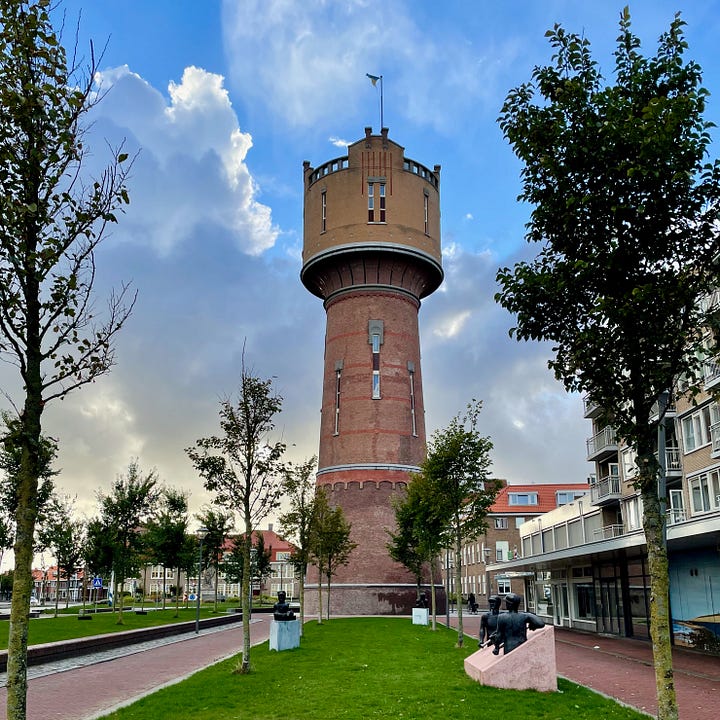


The Veloretti that proves the haters wrong
I brought my usual trekking bike, an old single-speed, beige, women’s Veloretti Caféracer that I bought used from a co-worker a few years prior. Some people love these bikes and some people think they are trendy and overrated. I personally love the Italian styling and the fact that it’s made of lightweight aluminium, with tires that are rugged enough to handle forest trails.
These bikes are most certainly not intended to be ridden as far or as roughly as I’ve ridden mine over the last few years, which I think is a solid rebuttal against Veloretti detractors. I’m continually impressed at how tough this little bike is. By this trip, the bike, which lives outdoors in front of my apartment the whole year round, was really showing its age, having traversed all but one of the Netherlands’ twelve provinces.
It doesn’t have a rear rack because I prefer to travel extremely lightly, with just one dry bag stuffed inside the bike’s battered and bent front basket. This means I can only bring one extra pair of clothes. I wash my clothes in hotel sinks and get pretty stinky by the end of a bike tour, but who cares? No one’s complained yet.
The long and windy road
The Netherlands is famously flat, which is of course radically different than the landscape I used to traverse in San Francisco, but the wind makes up for it. I usually welcome the wind the way I used to relish the hills of San Francisco, as a personal challenge, but this trip taught me the limits of cycling in the wind on a single speed bike: it’s about 70 km/hour. At certain points, particularly on top of the giant dunes of the Duinen van Texel National Park (a rare example of hills in the Netherlands) it was impossible to move forward until the gusts died down, even by pushing my bike.
All that extreme North Sea wind is what makes the dunes on the island so large and impressive, and cycling through them feels otherworldly. The wide cycle paths twist through small forests, across expansive heathland with flowering purple brush, past rows of cute cabins on sandy white beaches, and around the edge of salt marshes.
Throughout the trip, the winds pushed squall after squall my way, bringing a steady alternation of stinging cold rain, bright sunshine, and even a bit of hail. While this trip was more extreme than usual, this pattern is common throughout the country. The weather here is mercurial, bordering on capricious, but it also makes for absolutely gorgeous Old Dutch Master skies, with layer upon layer of puffy clouds stacked above the horizon. You can capture some outstanding landscape photos, but you have to act quickly because the light can change dramatically in a matter of minutes.


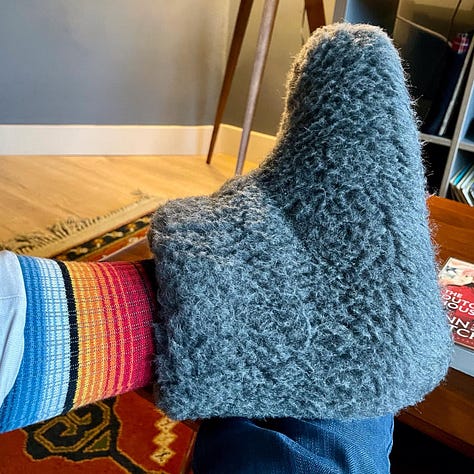
The wild and the wooly
Nearly 400 bird species can be found on Texel, which is on the western European bird migration route from Siberia, and September is a key bird-watching month on the island as bird migrations begin. I cycled by countless birds on my tour: graceful murmurations of starlings swirling in the air, flocks of geese waddling through muddy polders, bevies of swans gliding gracefully through small lakes, and lots of lonely herons standing on one leg, watching ditches of water intently. With so many different types of terrain to choose from, it’s no wonder there are so many birds enjoying this island. They might be here on vacation, too.
You’ll also see a lot of sheep. Texel is only about 24 km long and 10 km wide, but it’s home to 14,000 sheep, reportedly more than people. The Texelaar breed has been exported and bred extensively, including to the US in the 1980s. They are the bodybuilders of sheep, large and muscular, with bright white faces, white spindly legs, and sand-dusted wool afros. They are famous for their wool, which is an important export of the island, but they are also bred for meat, which is morally depressing, Grade-A lean, and when cooked correctly, delicious.


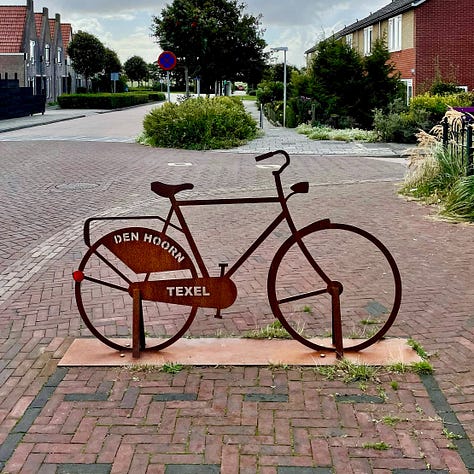
The Dutch countryside aesthetic
You really can’t take a wrong turn on the island, but if you need a destination, head for Oosterend or Oudeschild, perhaps the cutest of Texel’s tiny villages. My bike tours are all about exploring the landscape, so I don’t stop for lengthy lunches or visit many museums, but you can if you want to.
On these trips, if I get hungry, I start looking for a small-town vishandel (fishmonger) for some fried kibbeling or friets and then get back to riding. You won’t find a lot to do in these villages, but that’s what makes them so wonderful. Focus on all the details of the adorable spaces its residents have built outside their homes while you cruise through the tiny alleys. Don’t hesitate to smile and say goedemiddag (good afternoon) to the locals.
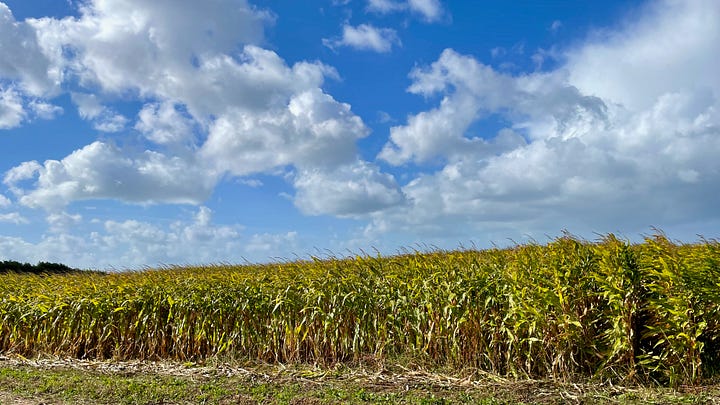
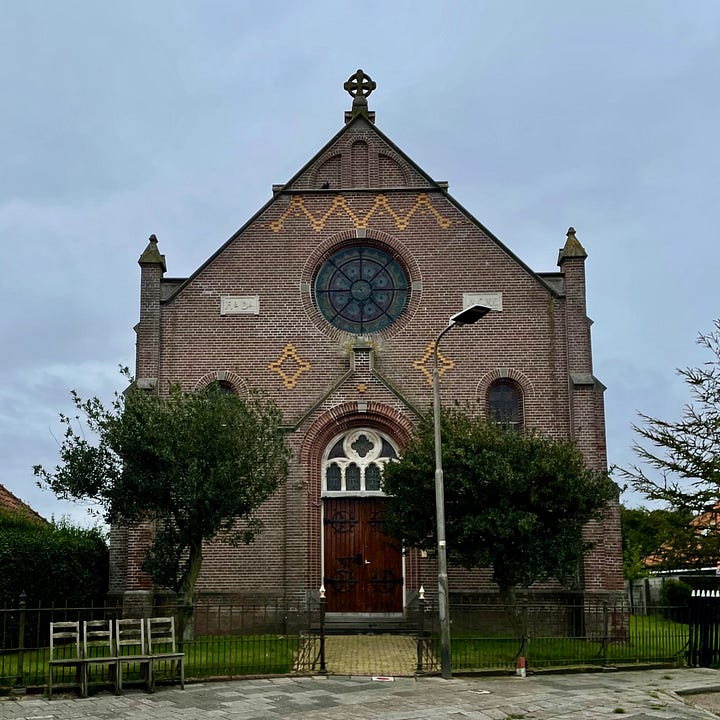


You could get a woolbath, where you are wrapped in wool like a mummy, which sounds silly, or you can visit the countless WWII bunkers on the island, or maybe stop at the Ecomare nature museum, or put on some wellies and trudge through the mudflats. To me the joy of Texel is cruising through its extremely laid back villages to see how simply and beautifully people live here. It’s all about wildflowers, cute benches, and cobblestones, but this island’s gardeners also like to put a nautical spin on the traditional Dutch village aesthetic by incorporating washed up beach detritus into their villagescapes.
You should absolutely visit the Eierland Lighthouse, which you’ve probably seen before in a photo or advertisement. You should also, as I did, stop periodically and snack on wild raspberries and blackberries, which are practically everywhere.
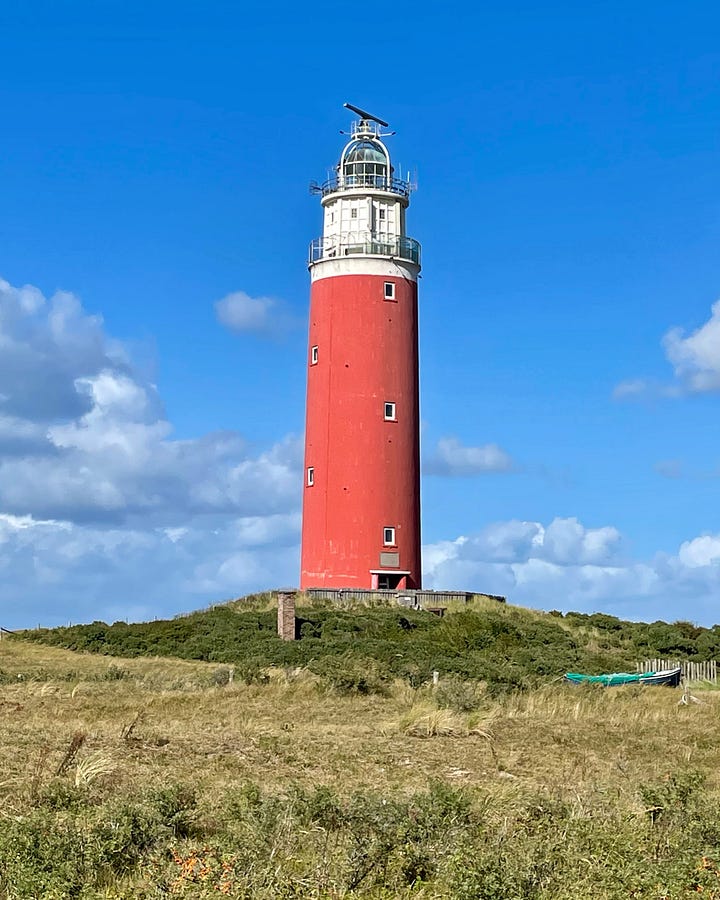

Homestyle hospitality
On my second and final night, I stayed at a small family-run hotel, Het Anker van Texel, in the farthest village across the island, De Cocksdorp. You’ll find familiarly branded hotel chains in larger cities of the Netherlands, but as a rule I beg of you to avoid any hotel that looks like it could be located right next to an airport. Seek out boutique hotels that have been converted from monasteries or nunneries, or choose a family-run B&B-style hotel. These will re-familiarise you with the concept of sharing space, resources, and conversation with strangers, an important aspect of life in this tiny, densely populated country.
You’ll also receive a high-quality, hearty continental breakfast, enough to make a sandwich for a picnic later, which is exactly what I did on the last morning of my tour, wrapping it up in a bandana and stashing it in my dry bag to keep it safe from the storm, which was finally starting to break up as I cycled the island one last time, pushing my way through the wind towards the ferry.
Furthermore
This McDonald’s commercial filmed on Texel is beautiful and touching, but of course too pittig (spicy) for America.
The Texels Brauwerij makes a popular beer that isn’t all that impressive – but their art direction is.





